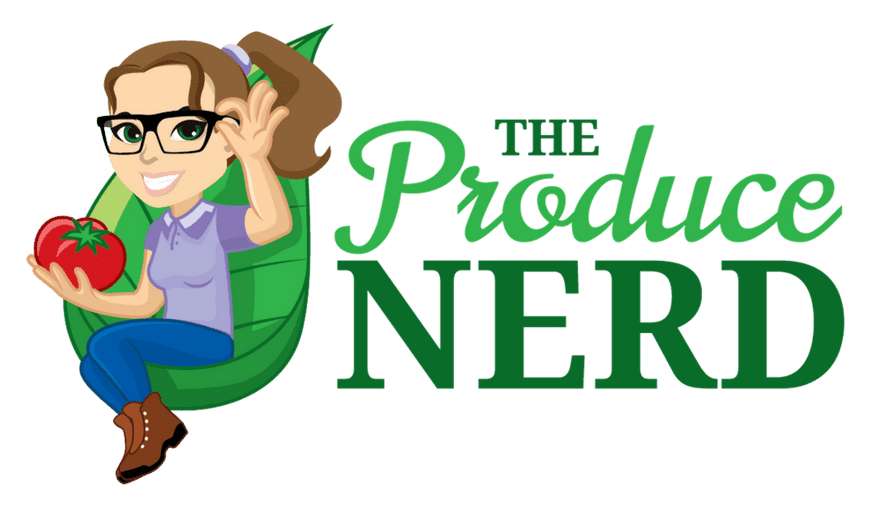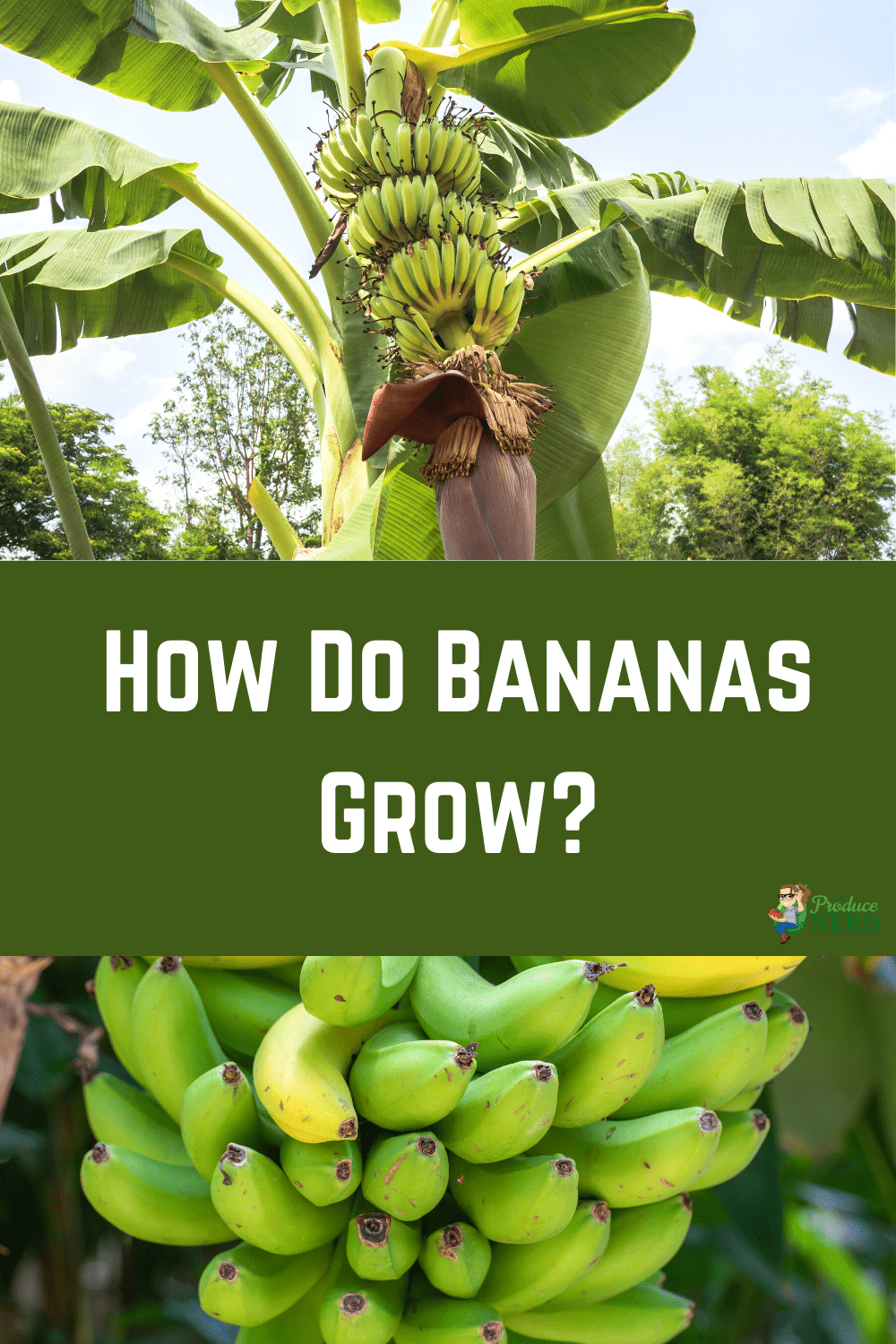When you think of the type of produce that you buy the most, or one that is the most readily available, bananas are usually at the top of that list. At traditional grocery stores, bananas are super cheap and you can easily determine the ripeness that you want to purchase. Even though they are a common produce purchase, most people do not know much about bananas. We know that they come from other countries, and some of us might know about the ethylene ripening treatments they undergo, but there is a lot more to it. During my recent trip to Maui, I was able to visit a few farms that were growing apple bananas and it was really exciting to see how bananas are grown.
Table of Contents
What is an Apple Banana?
An apple banana is smaller in size than the traditional bananas we are used to eating. They are also more flavorful and are considered a dessert banana. The farms I visited were growing the apple bananas to sell locally in Maui. However, I have also seen these being sold in traditional grocery stores in California.
How Do Bananas Grow?
Although it appears as though bananas grow on trees, they are not actually classified as trees. They are considered herbs. They form from a rhizome, which is an underground stem. There is a main “trunk” that sprouts up from underground that produces the banana cluster. While growing, there are other suckers that sprout up from the underground stem. Once the banana cluster has been produced, that stem will no longer produce anymore fruit. After that, the next largest sucker will produce the next banana cluster, and that process will continue as more suckers sprout up from underground.
Male & Female Banana Flowers & the Flowering Process
The flowering portion begins with a bud. Within the bud, also referred to as the bract, there are both male and female flowers. As you can see in the timelapse video below (from Dave Winward), the female flowers transform into the fruit and the male flowers are located beneath the fruiting portion inside the bract.
As the fruit grows, the female flowers at the tips of the bananas, the male flowers that have dried out and the bract are all removed to direct more energy towards the fruit.
When to Harvest Bananas?
When harvesting for the local market, the clusters are harvested once the first banana starts to turn yellow. For larger scale production, bananas are always harvested green. That is necessary so that the bananas can withstand transport. Then once they reach their destination, they receive an ethylene gas treatment for ripening.
For more on banana ripening, you can see the previous posts:
Large Scale Banana Production
With the fruit and farm examples pictured above, they are apple bananas grown on a small-scale level. To give you some perspective from a larger grower, see the video from Dole below. I am sure you will recognize their name. If not, check the label on the bananas the next time you go to the grocery store!
This is also another really great video from Equifruit, who only sells Fair Trade bananas, showing the production, harvesting and packing process from their grower’s farm in Ecuador.
After seeing all of that, isn’t it crazy to think of how inexpensive bananas are (both regular and Fair Trade)? Especially since each trunk can only produce one cluster.
If you enjoyed this post, you might also be interested in reading:


That was cool! I had no idea so much work went into growing bananas.
Great post! The Apple banana in Hawaii and the one that gets sold in typical grocery stores as Manzano are not the same cultivar. The ones from Hawaii are from the “Pome” subgroup and the ones from Latin America are from the “Silk” subgroup.
I am currently writing a paper for school on bananas and this post was really helpful! Thanks so much for the great content (and the time laps video)! 😀
Could not see the second video. But besides that it is good.
im learning about bananas so thanks
banna oh-layla
vidios are blocked
I have a total of 10 banana plants. Looking forward to another year
Thanks so much for this! I am Writing a essay on banana’s and this really helped!
Awesome, I’m so glad!
Ussuufu
wq
good job mister
good job mister this is very good
Hi
Hi
hello my friends is am the rizzler the coolest person in the world